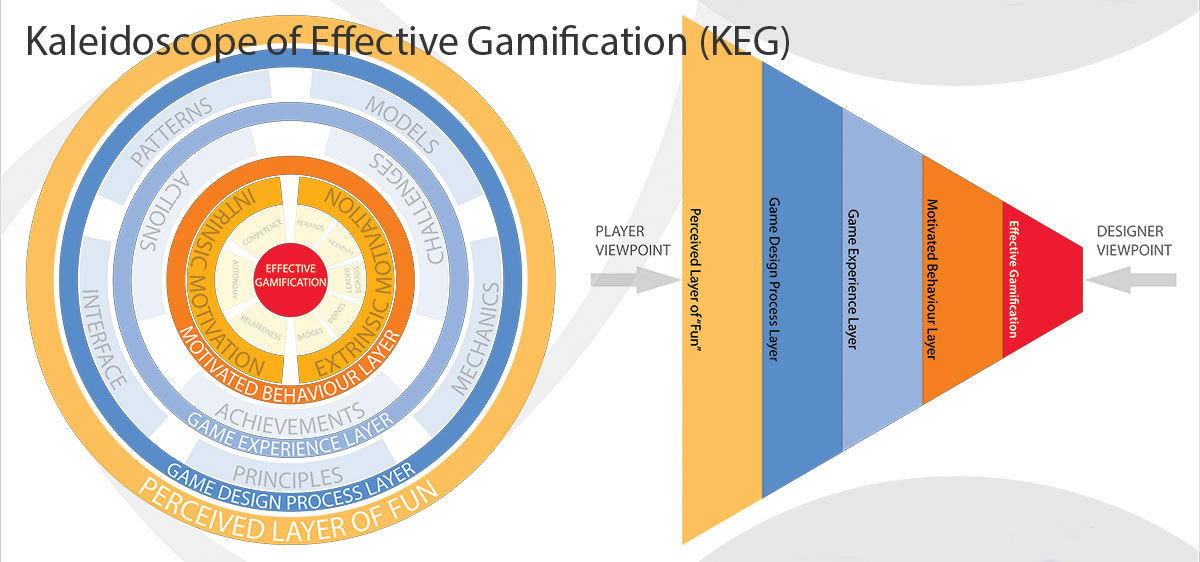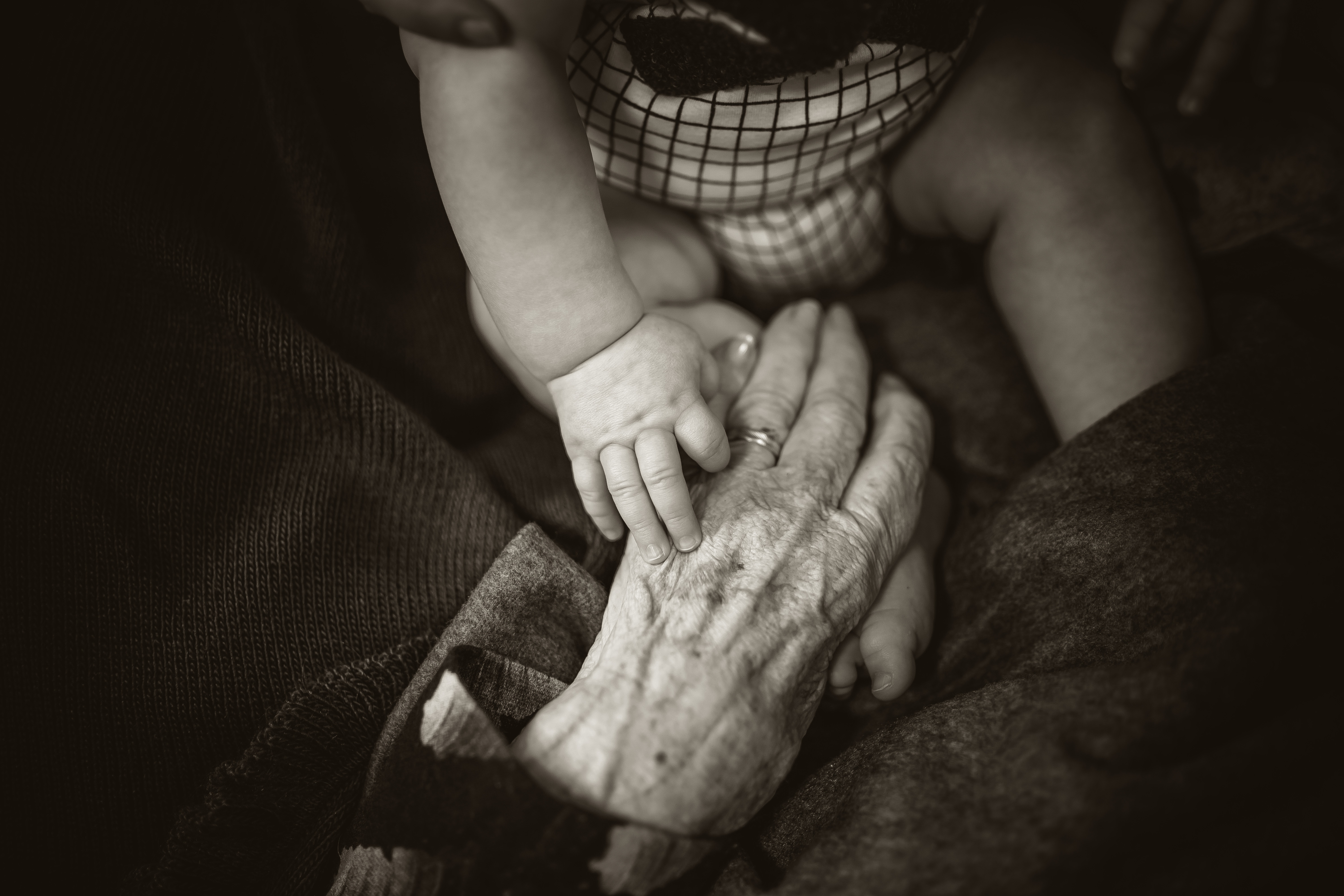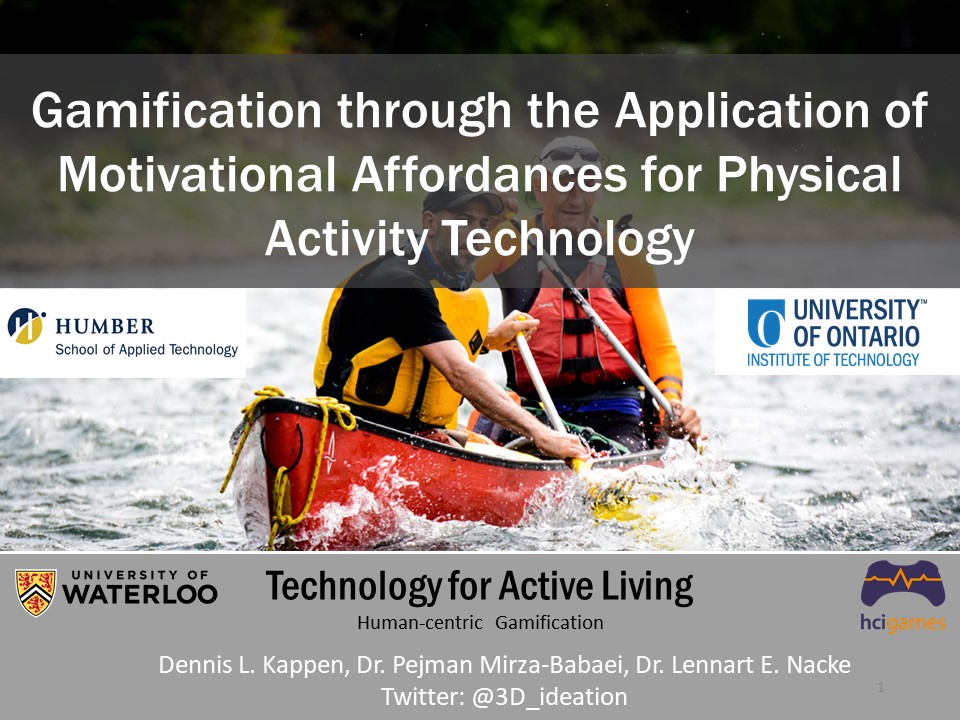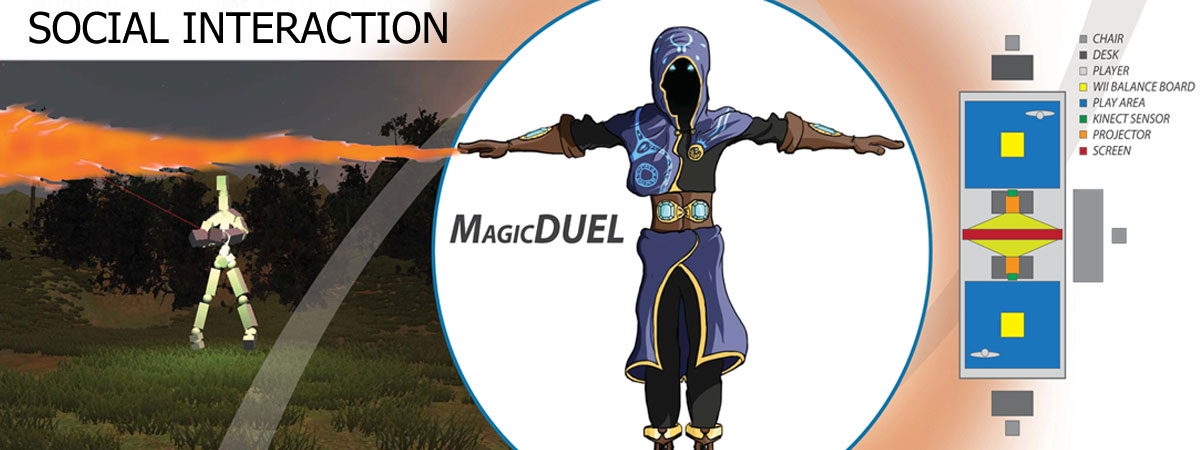The Kaleidoscope of Effective Gamification (KEG)

An Effective Gamification Model Publication: Kappen, D. L., & Nacke, L. E. (2013). The Kaleidoscope of Effective Gamification: Deconstructing Gamification in Business Applications. In Proceedings of the First International Conference on Gameful Design, Research, and Applications – Gamification ’13 (pp. 119–122). https://doi.org/10.1145/2583008.2583029 As a starting point for this discussion on effective gamification, I examined a
Read More


